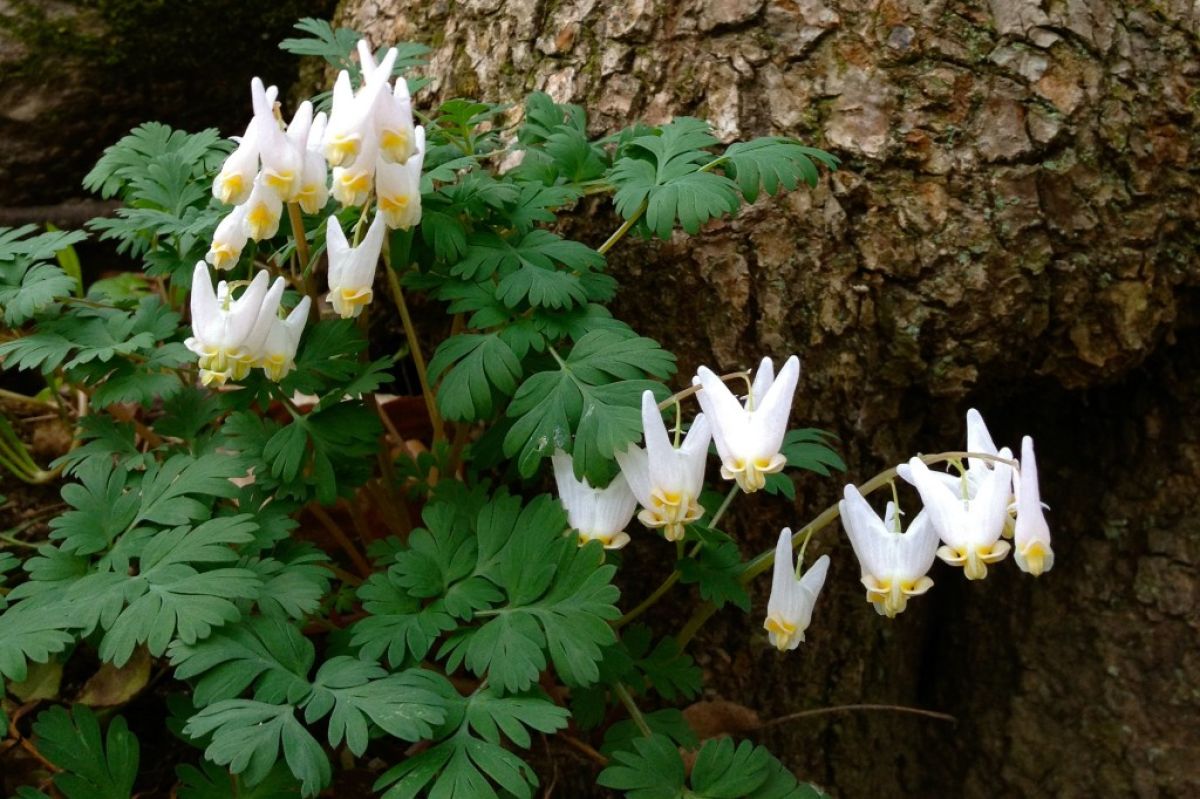Before long now, some of the earliest flowers to bloom will be stirring in our gardens.
Many of them are ephemeral, a descriptor that means “short lived” or transitory. In garden-speak, this means that these cold-hardy little plants bloom early and then die down leaving no trace until they return the following year.
Most grow in woodland settings, where the soil is moist from late snows under deciduous trees and there is weak sunlight, as the trees have not yet leafed out. Some bloom even before al the snow has melted. Their early flowers can be picked and taken into the house for tiny vases.
When the blooms fade, the plants set seed and then go dormant. They are at their best planted where they are not disturbed after they die down, though they co-exist well with low growing plants that grow up over the bulbs and shade them in the hot dry summers.
The sunshine-yellow winter aconite is usually the first to bloom, followed by the snow-white snowdrops (Galanthus spp., zones 3-9), hardy cyclamen (Cyclamen coum, zones 5-9), bloodroot (Sanguinaria Canadensis ‘multiplex’, zones 3-9), Dutchmen’s breeches (Dicentra culcullaria, zones 3-7), Virginia bluebells (Mertensia Virginica, zones 3-8), and European wood anemones (Anemone nemorosa, zones 5-8).
Later the red trillium (Trillium erectum, zones 4-9), and Japanese woodland primrose (Primula Sieboldii, zones 3-8) light up our gardens.
The best way to get these early bloomers in your garden is to acquire starts from another gardener during the early spring, or you can find them listed in catalogs. Their dense root systems help them persist and colonize.










